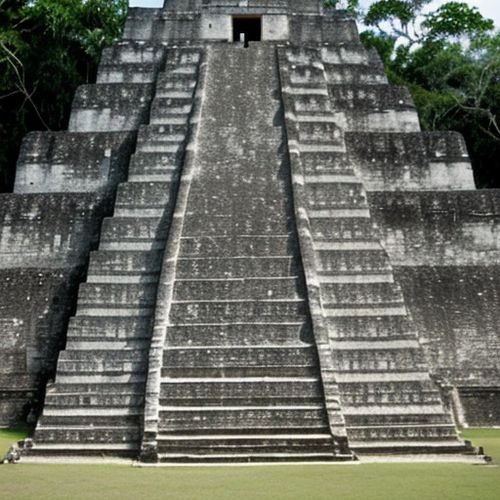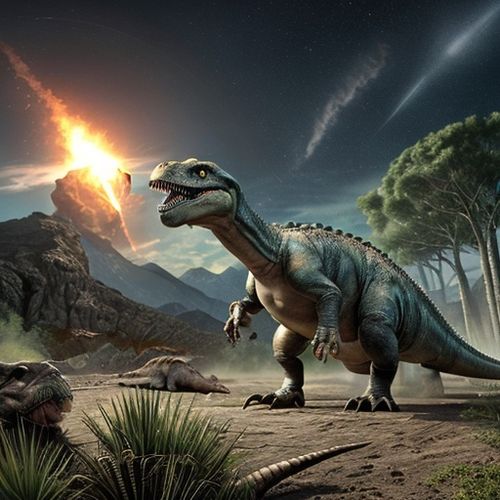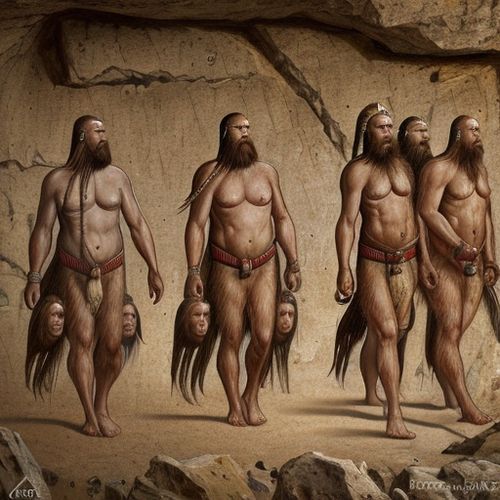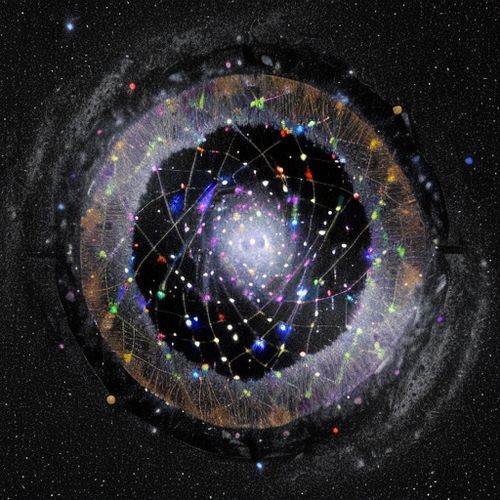The question of whether dinosaurs were thriving or already in decline before the asteroid impact 66 million years ago has long been a subject of debate among paleontologists. A new study published in the journal Current Biology adds to the growing body of evidence suggesting that dinosaurs were doing just fine before the catastrophic event that marked the end of the Cretaceous period.
The Fossil Record and Its Challenges
The fossil record, which includes over 8,000 fossils from the 18 million years leading up to the mass extinction, initially suggested that the number of dinosaur species peaked around 75 million years ago and then declined in the 9 million years preceding the asteroid strike. However, lead study author Chris Dean, a research fellow in paleontology at University College London, emphasized the limitations of the fossil record. "It comes down to the fossil record and its fidelity, or its quality," Dean said. "There’s been an awareness since the 1970s that the fossil record is not accurate, but it is a biased reflection of the past."
The Use of Occupancy Modeling
To better understand the true state of dinosaur populations, Dean and his colleagues employed a statistical approach called occupancy modeling. This method, commonly used in present-day ecology and conservation, aims to account for the fact that a species may be overlooked or not detected even when present in a particular area. This study marks the first time this approach has been used to analyze dinosaurs on such a large scale.
The researchers focused on four main dinosaur families: Ankylosauridae (armored plant-eating dinosaurs), Ceratopsidae (large three-horned herbivores), Hadrosauridae (duck-billed dinosaurs), and Tyrannosauridae (carnivores). By gridding North America into a spatial grid and analyzing fossil occurrences, the team compared the physical fossil record with the model’s predictions. The results indicated that the proportion of land occupied by these dinosaur families remained stable over the 18 million years, suggesting that their potential habitat area and risk of extinction remained constant.
Geological Factors and Sampling Biases
One factor that could have skewed the perceived decline in dinosaur diversity is the lack of exposed rock layers during the terminal Mesozoic period. Geological changes, such as tectonics, mountain uplift, and sea-level retreat, reduced the sampling window available for fossil hunters. Study coauthor Alfio Alessandro Chiarenza explained, "This apparent decline is more likely a result of a reduced sampling window rather than genuine fluctuations in biodiversity."
Implications and Future Research
The study’s findings suggest that dinosaurs were not inevitably doomed to extinction and could have continued to thrive if not for the asteroid impact. "If it weren’t for that asteroid, they might still share this planet with mammals, lizards, and their surviving descendants: birds," Chiarenza said.
The research highlights the biases that can affect scientists’ understanding of dinosaur diversity patterns. Darla Zelenitsky, a paleontologist at the University of Calgary, noted the challenges of detecting dinosaurs in the limited rock record just before the mass extinction. "The more rock that is exposed at the surface today, the better our chance of finding dinosaurs, which in turn leads to a better understanding of their diversity patterns," she said.
However, not all experts are convinced. Mike Benton, a professor of vertebrate paleontology at the University of Bristol, called the paper "thorough and detailed" but argued that it does not definitively prove there was no reduction in dinosaur diversity before the extinction event. "The current paper suggests that the ‘reduction’ can be explained as a statistical artifact," Benton said. "What it shows is that the reduction could be real or could be explained by reduced sampling, in my opinion."
The debate over the state of dinosaurs before the asteroid impact continues, with the new study providing compelling evidence that they were not in decline. The use of occupancy modeling offers a fresh perspective on interpreting the fossil record, accounting for biases and limitations. While the study does not settle the debate entirely, it underscores the importance of considering geological and sampling factors when assessing historical biodiversity. Future research will likely continue to refine our understanding of the complex interplay between environmental changes and the fate of the dinosaurs.

By Olivia Reed/Apr 14, 2025

By Sophia Lewis/Apr 14, 2025

By Noah Bell/Apr 14, 2025

By Eric Ward/Apr 14, 2025

By Sophia Lewis/Apr 14, 2025

By Sarah Davis/Apr 14, 2025

By William Miller/Apr 14, 2025

By James Moore/Apr 14, 2025

By Eric Ward/Apr 14, 2025

By Grace Cox/Apr 14, 2025

By Rebecca Stewart/Apr 10, 2025

By Grace Cox/Apr 10, 2025

By Thomas Roberts/Apr 10, 2025

By James Moore/Apr 10, 2025

By Laura Wilson/Apr 10, 2025

By John Smith/Apr 10, 2025

By James Moore/Apr 10, 2025

By Olivia Reed/Apr 10, 2025

By Eric Ward/Apr 10, 2025